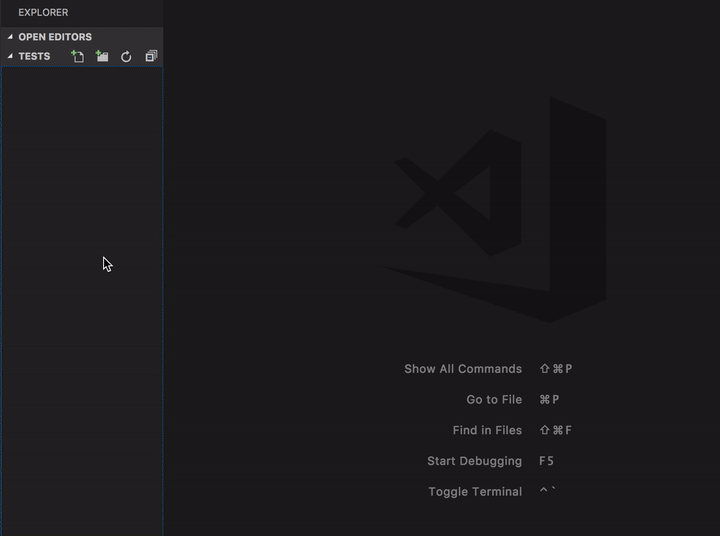hpp-skeleton
Features
Automatic creation of class skeletons at .hpp files creation.
The file has to start with an upper-case letter, making it a class .hpp file.

Extension Settings
Configurations
You can configure your .hpp skeleton by specifying in the extension settings:
- any include directives
- any public methods
- any private methods
- any functions out of the class
- one vscode command ID to execute first thing in the skeleton creation (for headers)
- one string to look for and select at the end of the skeleton creation
Specify these configurations in User Settings :
{
"hpp-skeleton.includes": array,
"hpp-skeleton.publicMethods": array,
"hpp-skeleton.privateMethods": array,
"hpp-skeleton.functions": array,
"hpp-skeleton.headerCommandId": string,
"hpp-skeleton.placeHolder": string,
}
Special strings:
You should use these 2 special strings when editing these properties:
- $CLASSNAME : resolves into the .hpp class name (Sample for Sample.hpp)
- $PLACEHOLDER : resolves into the value of hpp-skeleton.placeHolder
example:
"hpp-skeleton.includes": ["<iostream>", "\"example.hpp\""],
"hpp-skeleton.publicMethods": [
"$CLASSNAME(void)",
"$CLASSNAME($PLACEHOLDER)",
"$CLASSNAME($CLASSNAME const &instance)",
"$CLASSNAME &operator=($CLASSNAME const &rhs)",
"~$CLASSNAME(void)"
],
"hpp-skeleton.placeHolder": "** replace parameters **"
License
MIT


